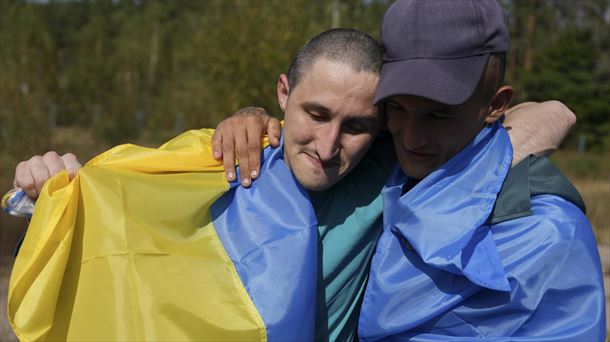In addition to the reduction in CO2 emissions, the fight against the geothermal heat is also placed on “carbon capture and storage” (CCS). Carbon dioxide (CO2) must be removed directly from the air or at the location of the origin, such as an power plant, insulated and permanently stored in the ground. With the help of simulations, researchers now show how this can succeed.
Marco de Paoli of the Institute for Flow Mechanics and Heat Transfer at the Technical University of Vienna received a “starting subsidy” from the European Research Council (European Research Council, ERC) with 1.5 million euros in the previous year.
With the financing surcharge, the scientist develops new methods to more accurately describe the flow of liquids through porous materials. The Paoli is currently investigating Twente in the Netherlands at the University of Twente. From autumn he will implement the ERC project at Vienna University of Technology.
Simulations about supercomputers
In extensive simulations about supercomputers, the Paoli with colleagues from Italy and Britain showed exactly what happens for the first time in the magazine “Geophysical Research Letters” when CO2 mixes with groundwater in a porous rock. The pressure is so high in the ground that carbon dioxide is liquid. Although the liquid CO2 density is less than that of water, the liquid CO2 does not float when it is pumped into the groundwater. It dissolves it instead of the water, which creates a denser liquid.
“The fact that CO2-rich water has a higher density than low-co2 water results in a very interesting dynamic in the porous rock,” the Paoli explains. In regions with the highest CO2 concentration, the water drops faster, which ensures an even better mix. This forms a network -like pattern of CO2 -rich and lesser areas.
A condition for this dynamic is a layer of rock that is so impenetrable for which the CO2 can be collected until it has detached itself in water. Moreover, the rock must be as porous as possible, so that the CO2-containing water can sink slightly down.
Geological requirements often
“Such geological disorders are not that rare,” said the Paoli. As an example, he mentions former oil storage facilities or something -related salinolers. “There are at least six of such aquifers in Austria,” the researcher said.
In general, the research team has shown that the CO2 remains in the ground for unlimited periods under such circumstances. However, it is still unclear what happens with the CO2 in the long term. Geological changes, such as earthquakes or human interventions, would no longer influence the situation. From the calculations, the team was able to distract simple models that can be used in practice, for example to predict the CO2 stream in the soil or to develop injection strategies.
Source: Krone
I am an experienced and passionate journalist with a strong track record in news website reporting. I specialize in technology coverage, breaking stories on the latest developments and trends from around the world. Working for Today Times Live has given me the opportunity to write thought-provoking pieces that have caught the attention of many readers.



